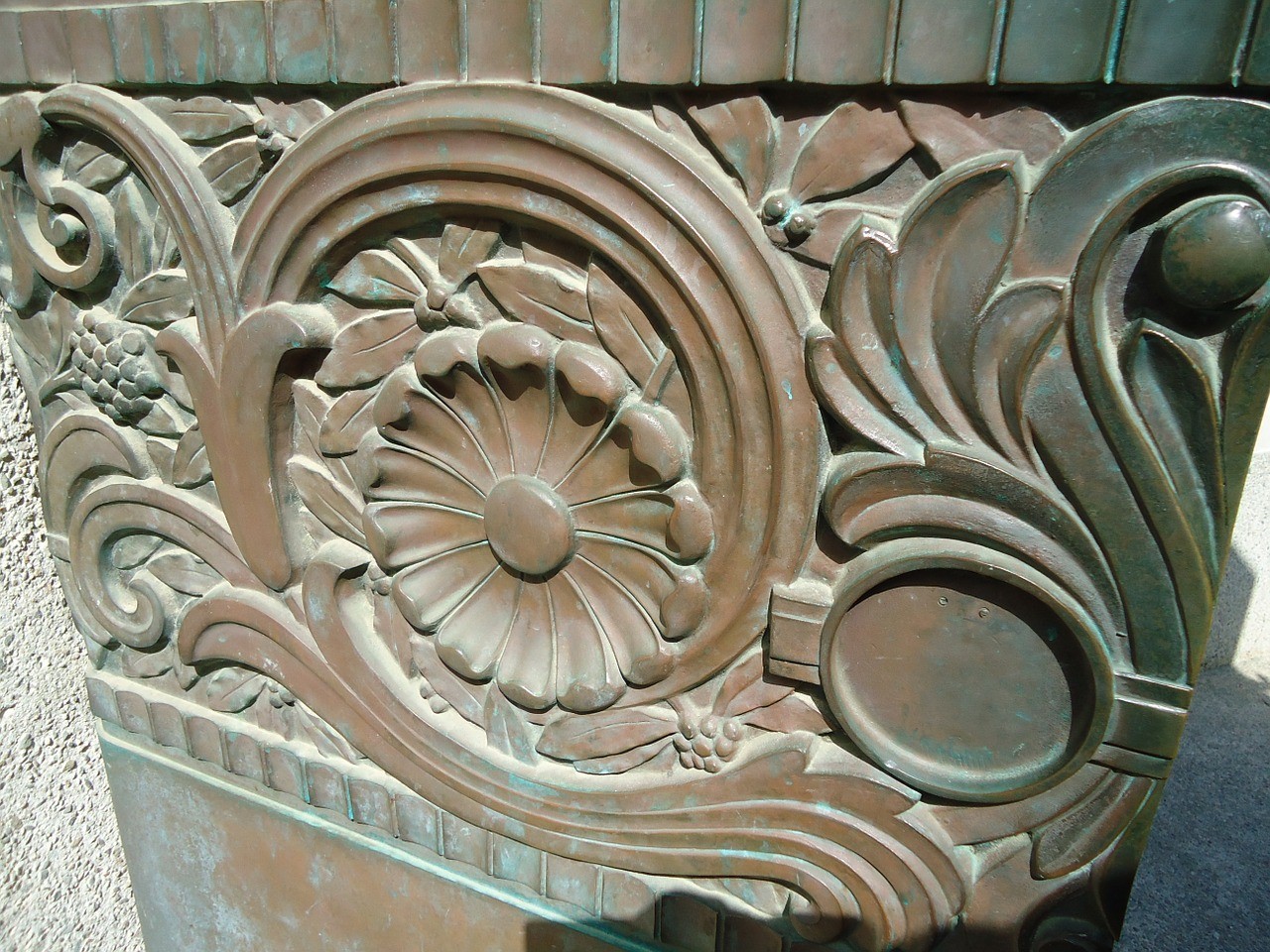Whether you’re using bronze tubes for an architectural project or an art installation, it’s important to think ahead in terms of how your piece will look in the future. Despite its timeless appeal, bronze is a material that undergoes a lot of changes. Over time and when exposed to the elements, bronze undergoes a natural process called patination. Patina is a tarnish that forms on the surface of bronze through oxidation. It results in the distinct blue-green coating or some other shading you might see on old copper roofs and bronze statues.
Although patina is considered as a sign of wear and aging, no one can deny that it adds to the charm and appeal of a masterpiece. In fact, you’d be surprised at how much more valued some bronze structures are for their coloring. Just take for example New York’s grandest landmark, the Statue of Liberty, which was first placed on Liberty Island in 1886. It originally had a shiny copper gold color but has long since turned into the blue-green icon that it is today.
If you wish to naturally age your bronze craft perfectly, you have to take into account the environment it will be placed in. Here are some variables that could affect the results of patination.
Bronze Composition
Bronze is a metal alloy that is composed of copper, iron, lead and zinc. Because it contains several different compounds, this could affect how its appearance changes over time. For instance, the presence of iron can give it a more reddish brown color. Therefore, it is crucial to know your material’s composition if you are to predict how it will influence the color of the patina.
Moisture in the Air
Natural patinas tend to develop faster in coastal and marine environments because of the moisture in the air. Water hastens the chemical reactions required to form the patina. If your bronze piece will be placed in an area with a high precipitation rate and high humidity, you can expect it to change color a lot sooner.
Exposure to Heat
Exposure to higher temperatures will cause more chemical reactions to happen on a bronze surface. Geographical location will certainly play a big role in this, but so will factors like room ventilation and other sources of heat. Lack of ventilation and indoor sources of heat such as stoves, fireplaces, heaters, and furnaces can warm up bronze objects quickly.
Routine Maintenance
A common misconception about bronze is that it requires regular cleaning and maintenance. This would be true only if you want to preserve its current aesthetic appeal, but if you’re after the natural patination effect, then you have to let Father Time do his thing. You also have to keep in mind that routine cleaning can only mitigate the patina process. There’s really no stopping the nature of bronze.
Understanding what you can expect from the natural bronze patination process is crucial, especially if you are working with a fairly large amount of materials. Before you put in an order for even one bronze tube from suppliers like Rotax Metals, consider the environment your metalwork will be placed in.
Sources:
Green Patina Finishes, Copper.org
Copper Patina Guide, WorldCopperSmith.com


